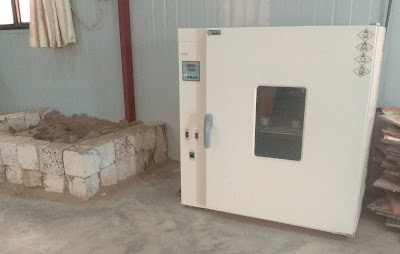LINEAR MEASUREMENT IN SURVEYING

In construction projects, there is erection of different structural and non structural members (components) to their adequate position to form a required structure. The positioning of structure components into their accurate and precise position is done by through surveying by considering both vertical and horizontal references. In either vertical or horizontal referencing there is either linear measurement or angular measurement sometimes both. Linear measurement in surveying refers to horizontal or vertical measurement of linear distances on earth’s surface so as to allocate different features either man made or natural. Units conversions in linear measurements In linear measurements, there are two most preferable, acceptable and used systems of measurement which are metric and imperial system of measurements. The two systems units can be converted as follows. Conversion of distance measuring units Instruments used for linear measurement Various instruments are used with differen

